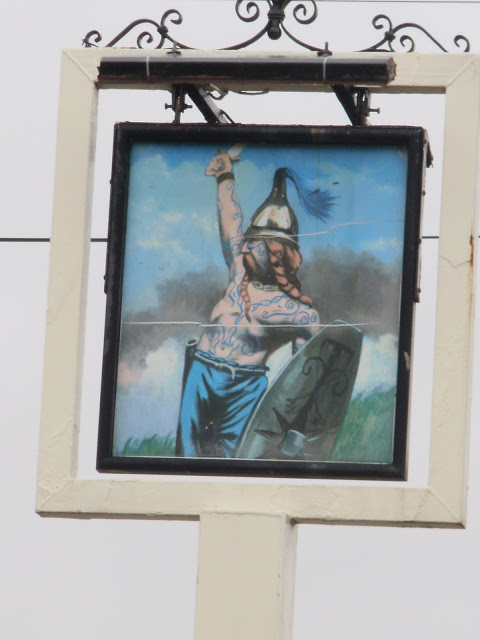The Drill Hall today.
The Territorial Drill Hall, in Main-ridge, the new home of the "C" company, 4th. Battalion, Lincs. Regiment, was opened in early October 1913. It was built on the site which formally formed part of the extensive garden adjoining the residence of Mr. W.H. White, solicitor. The hall was erected by the Lincs. Territorial Force Association, at a cost of £1800. Scorer and Gamble, of Lincoln, were the architects, and Mr. J.W. Pinder, of Boston, the builder. The building was built faced with the best Lincoln red bricks, the front having dressings of Ancaster stone. The Hall had a wide entrance. On the left was the armoury, and on the right were lavatories and hot water heating apparatus. The drill hall was a lofty and well lighted part of the building, 60feet x 30feet, the roof being supported by iron spans. Opening from the drill hall was the lecture and billiard room, 35feet x 15feet, a canteen and a Sergeants room. The upper story was reached by means of a flight of stone steps on the right of the main entrance and comprised two rooms for the accommodation of the orderly officers and some lavatories.
A miniature rifle range, 30 yards long, occupied a position on the west side of the building, and was entered from the armoury. It was described as well lighted and ventilated, with a firing platform at one end and a sand butt at the other.






































